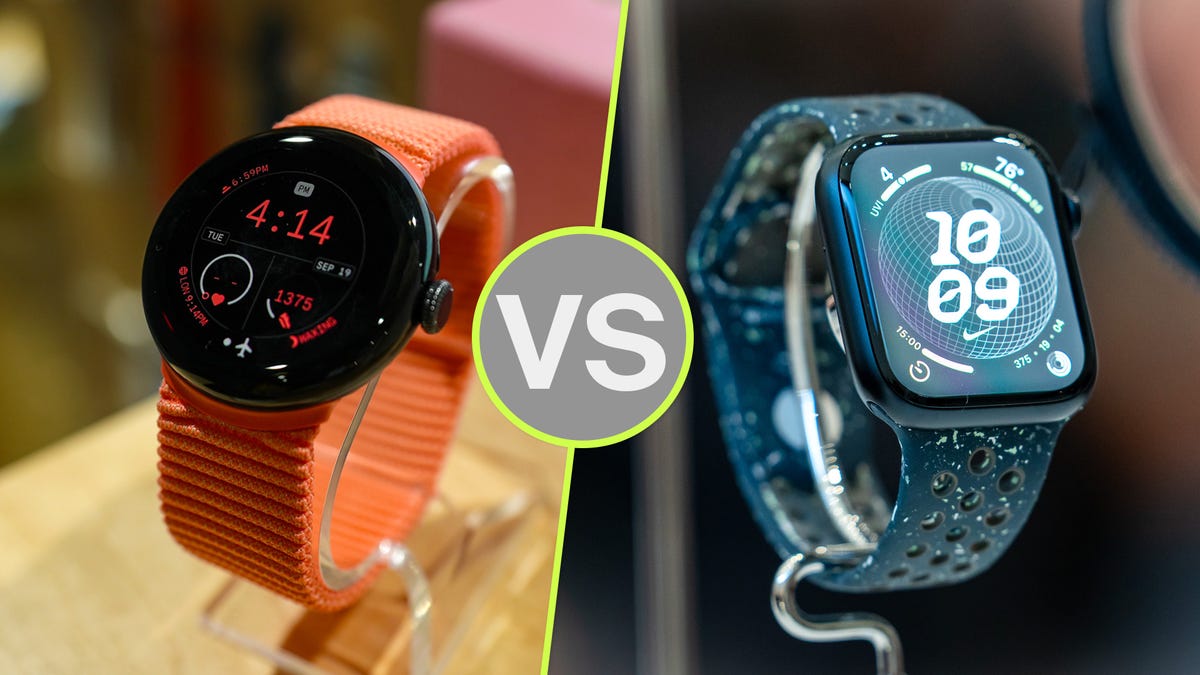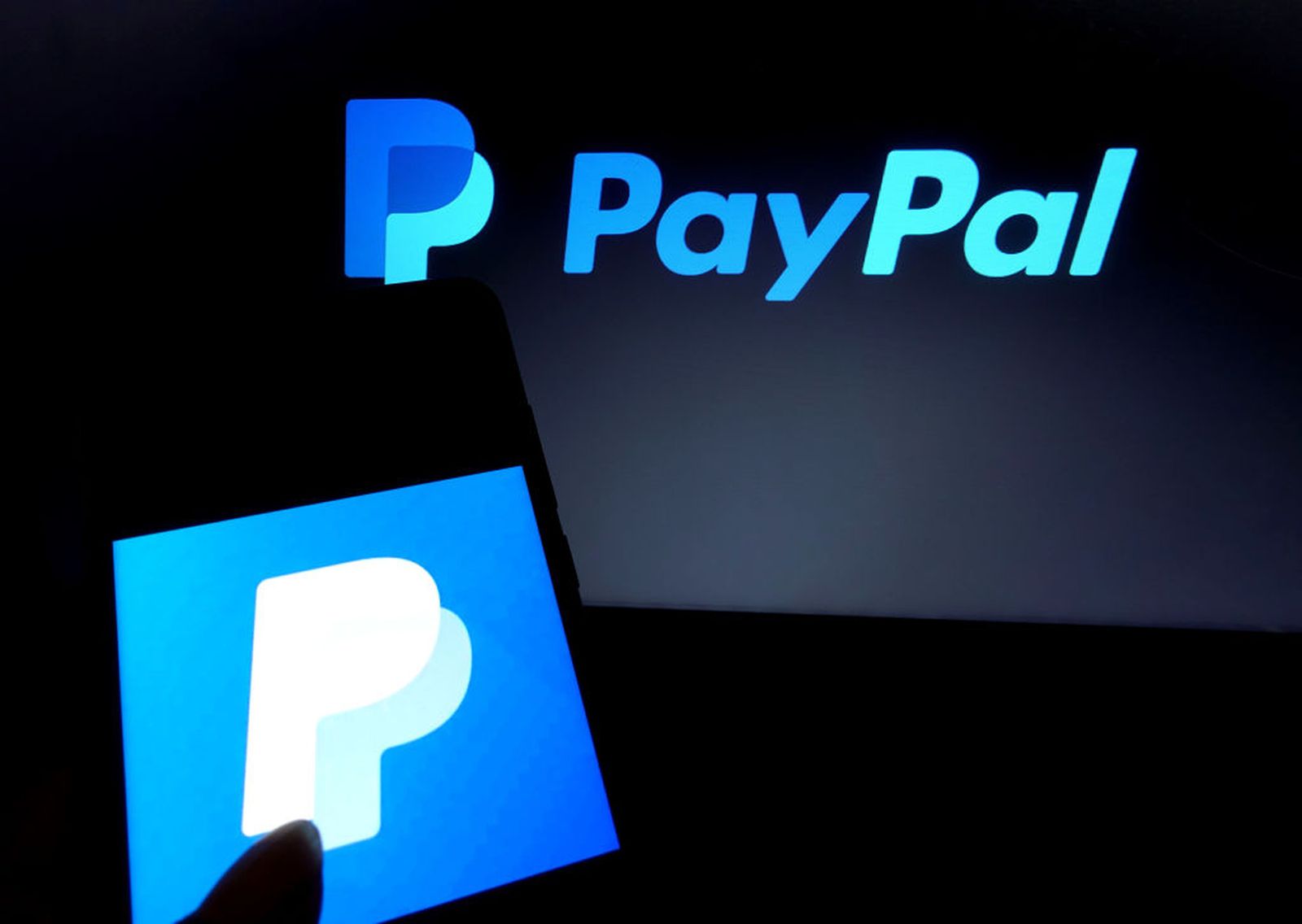Google and Yahoo implement new rules against spam in bulk email
Google and Yahoo implement new rules against spam in bulk email
Google and Yahoo Collaborate to Combat Bulk Email Spam

Are you tired of receiving an endless stream of junk emails in your inbox? Well, you’re not alone! Google and Yahoo, two tech giants, are joining forces to crack down on the scourge of bulk email spam. Starting from early 2024, these companies are introducing new and stricter requirements for bulk senders who utilize their platforms for mass email distribution. In separate blog posts, Google and Yahoo outlined their plans to protect users from unwanted junk mail.
“Spam and malicious emails have become more complex over the years, presenting new challenges,” stated Google. Fortunately, the company’s AI-powered defenses currently prevent over 99.9% of such threats from reaching Gmail inboxes. However, the need to constantly adapt and enhance their email security measures has become imperative.
Yahoo, in its blog post, acknowledged that it has outlined best practices for bulk email senders, but many fail to adequately secure their systems, leaving their resources vulnerable to exploitation by cybercriminals. To combat this ongoing issue, Google and Yahoo are introducing three new rules for bulk senders.
Ensuring Email Authenticity
With email spoofing becoming increasingly prevalent, determining the actual origin of a spam or commercial email has become a daunting task. To address this challenge, Google and Yahoo are requiring bulk email senders to authenticate their messages using established standards. This includes utilizing authentication protocols like SPF (Sender Policy Framework), DKIM (Domain Keys Identified Mail), and DMARC (Domain-based Message Authentication, Reporting & Conformance). These protocols play a vital role in preventing email spoofing and ensuring the legitimacy of email senders.
Simplifying the Unsubscribe Process
One of the frustrating aspects of junk or commercial emails is the difficulty in unsubscribing from them. Often, these emails lack a clear or consistent unsubscribe option, leaving recipients to navigate through convoluted links or minuscule print. Even if individuals successfully unsubscribe, they may continue to receive the same emails for extended periods. To alleviate this issue, Google and Yahoo are mandating that senders provide a simple one-click unsubscribe option and process such requests within two days.
Curbing Excessive Spam
The bombardment of multiple emails from the same sender can be overwhelming. In an effort to reduce this incessant stream, Google and Yahoo will establish and enforce clear spam rate thresholds that senders must not surpass. By setting these thresholds, the companies aim to strike a balance between legitimate communication and protecting users from overwhelming spam.
Both Google and Yahoo will implement these new rules, with Google starting in February 2024 for senders who send over 5,000 messages per day to Gmail users, and Yahoo following suit in the first quarter of 2024. Despite being competitors in the tech industry, the two companies recognize the importance of enforcing common rules and requirements to ensure a safe and secure email experience for all users.
Marcel Becker, Senior Director of Product Management at Yahoo, expressed the need for collaboration, stating, “No matter who their email provider is, all users deserve the safest, most secure experience possible. In the interconnected world of email, that takes all of us working together. Yahoo looks forward to working with Google and the rest of the email community to make these common sense, high-impact changes the new industry standard.”
The battle against bulk email spam requires a collective effort, and the joint initiatives by Google and Yahoo signal a significant step towards a spam-free inbox. With new authentication measures, simplified unsubscribe options, and stricter spam thresholds, users can look forward to a more enjoyable email experience, free from the clutches of junk mail.






